The incense burner belongs to the blue-gray ceramic line of the Mac Dynasty, crafted around 1588-1591, currently an antique in the An Bien collection (Hai Phong). It is not only beautiful but also crystallizes historical and cultural messages of the Vietnamese people.
The incense burner in the An Bien collection is a work of blue-gray glazed ceramic, 41cm high, 23.5cm in diameter, cylindrical in shape, with a high, flared mouth, decorated with rectangular panels inside depicting a winding dragon image in the shape of a “saddle” typical of Mac Dynasty art.
Sealed in a rectangular or square pattern on the mouth or decorated with a blooming lotus pattern on the body.
The incense burner also has historical significance as it bears the shape and decorative patterns of two types of bronze drums produced by the Vietnamese.
The bottom of the incense burner has the shape of a Dong Son drum (dating back more than 2,000 years). Scientists have previously encountered Dong Son drums placed upside down, but this incense burner is the only one with a face-down shape, with a body clearly divided into three parts, parallel short lines, and a triangle attached to the bottom.
The incense burner is also decorated with lotus flower patterns on opposite sides, typical of Muong drums (also known as Heger type II drums). Muong drums inherit the Dong Son drums and date from the beginning of the Common Era to the Le Trung Hung period (16th - 18th centuries).
The neck is almost cylindrical in shape, decorated with lotus motifs and swirling clouds, inside is the word "Dai Tu" which is the word for Buddha (Buddhism).
The base of the incense burner has the shape of a Dong Son bronze drum with a bulging barrel, decorated with decorative rims with elements of Muong bronze drums such as lotus petal patterns, triangle patterns...
In particular, there is a four-headed animal statue located between the drum’s body and the drum’s back, with round eyes, pointed ears like a bat’s, and a nose and mouth, like a bat’s head. According to legend and feng shui, this image symbolizes happiness. This is how the sound “Búc” (bat) is associated with the sound “Phúc”. That is why many temples and pagodas are decorated with bat images.
The outside of the 2 large straps have embossed, winding dragons. There are 4 small straps on the body, each with embossed Chinese characters: "Dinh Huong", "Hue Huong" (also known as Tue Huong), "Giai Thoat Huong" and "Giai Thoat Tri Kien Huong". These are the words in the Buddhist prayer Nguyen Huong with the meaning of wishing that the incense smoke that people burn to worship Buddha will form large clouds of incense that fly to all 10 directions, to places where Buddhists are. The meaning of the word "Huong" here is the scent of virtue.
In which, “Dinh Huong” means the incense burner’s state of mind is determined and pure. “Hue Huong” is the wish for the incense burner’s wisdom to always be clear, clearly seeing that life is impermanent. “Giai Thoat Huong” is liberation from birth and death, reincarnation. “Giai Thoat Tri Kien Huong” is seeing and knowing the dharmas, penetrating into the realm of Buddha…
Heritage Magazine


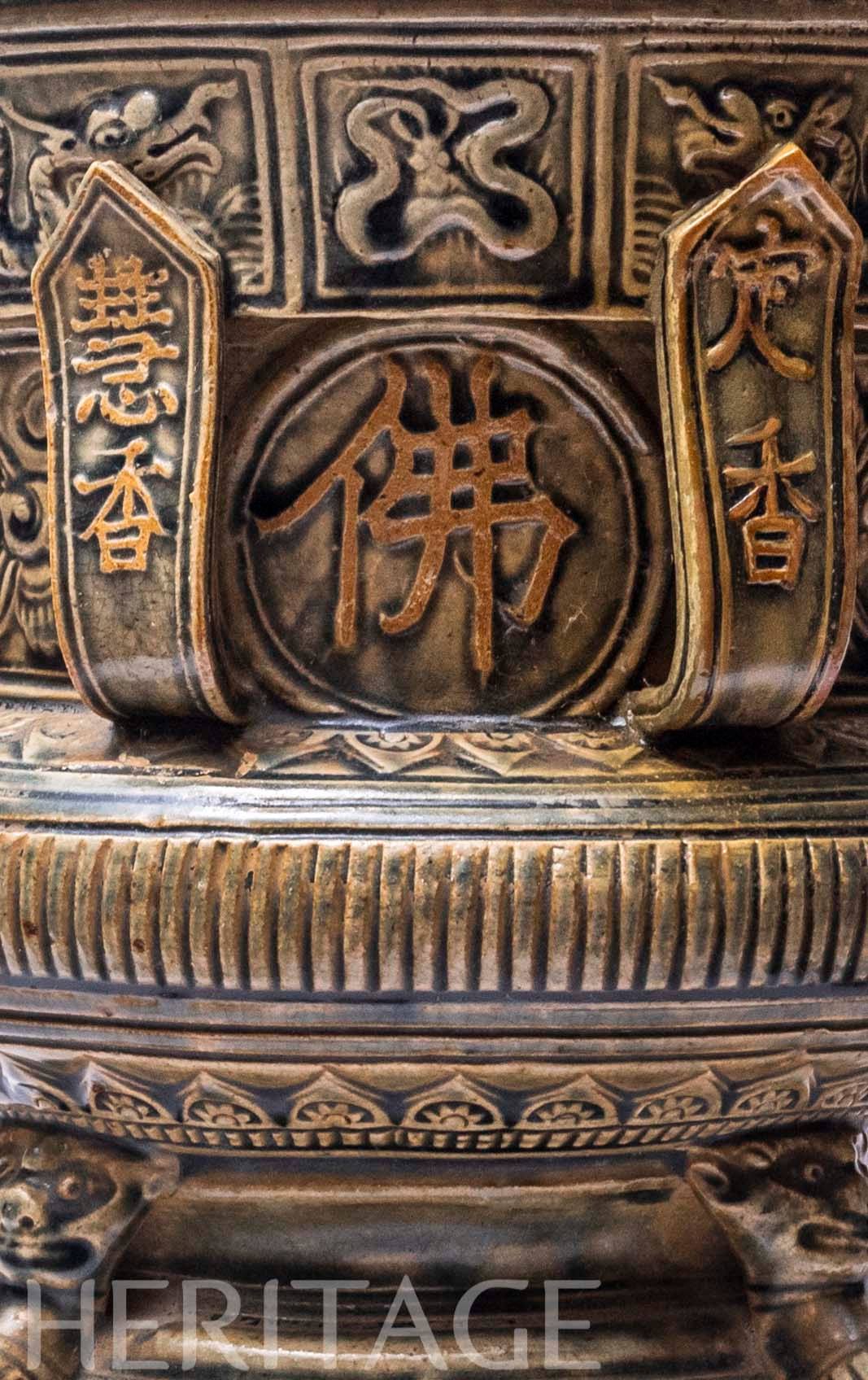
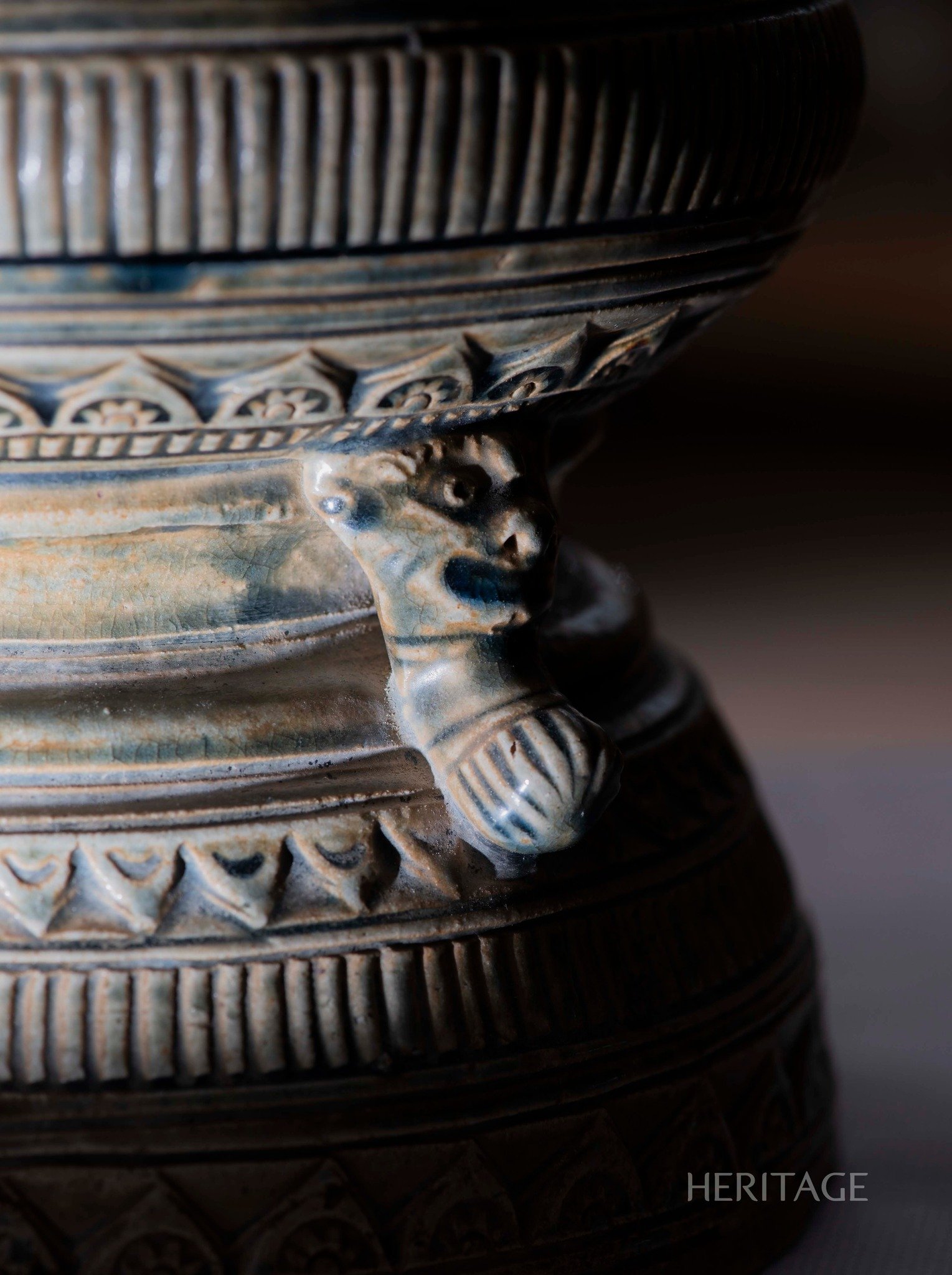
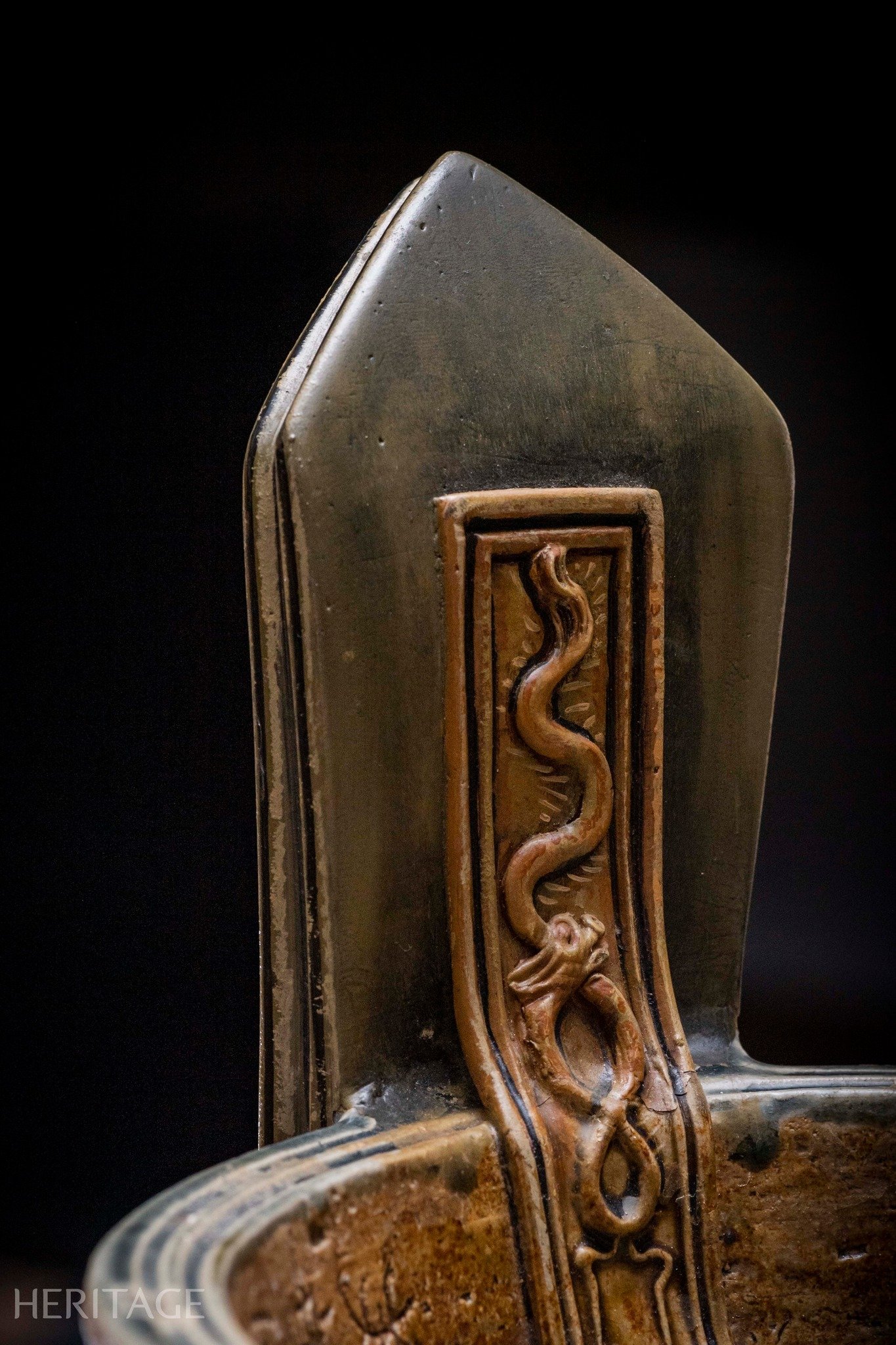

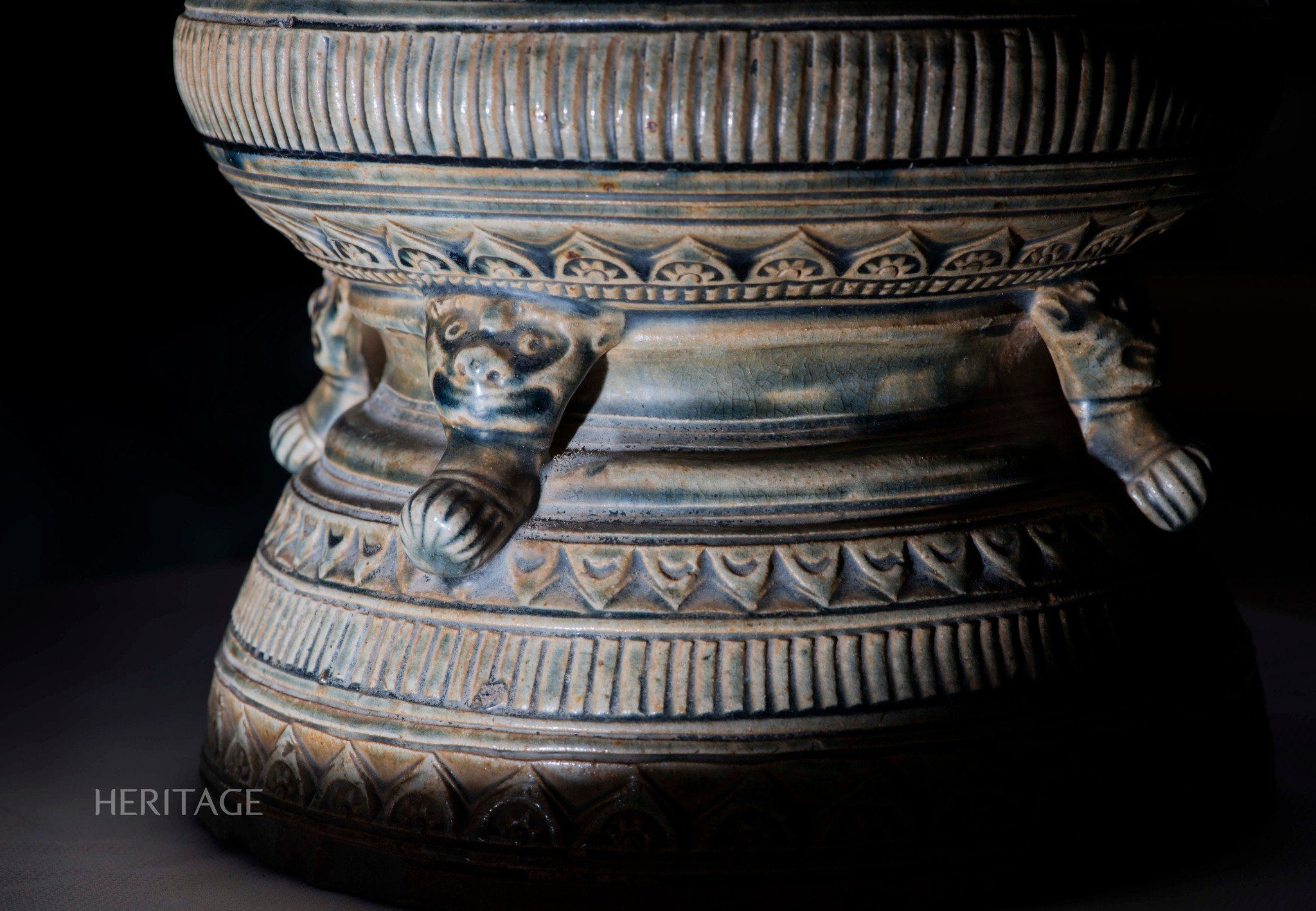

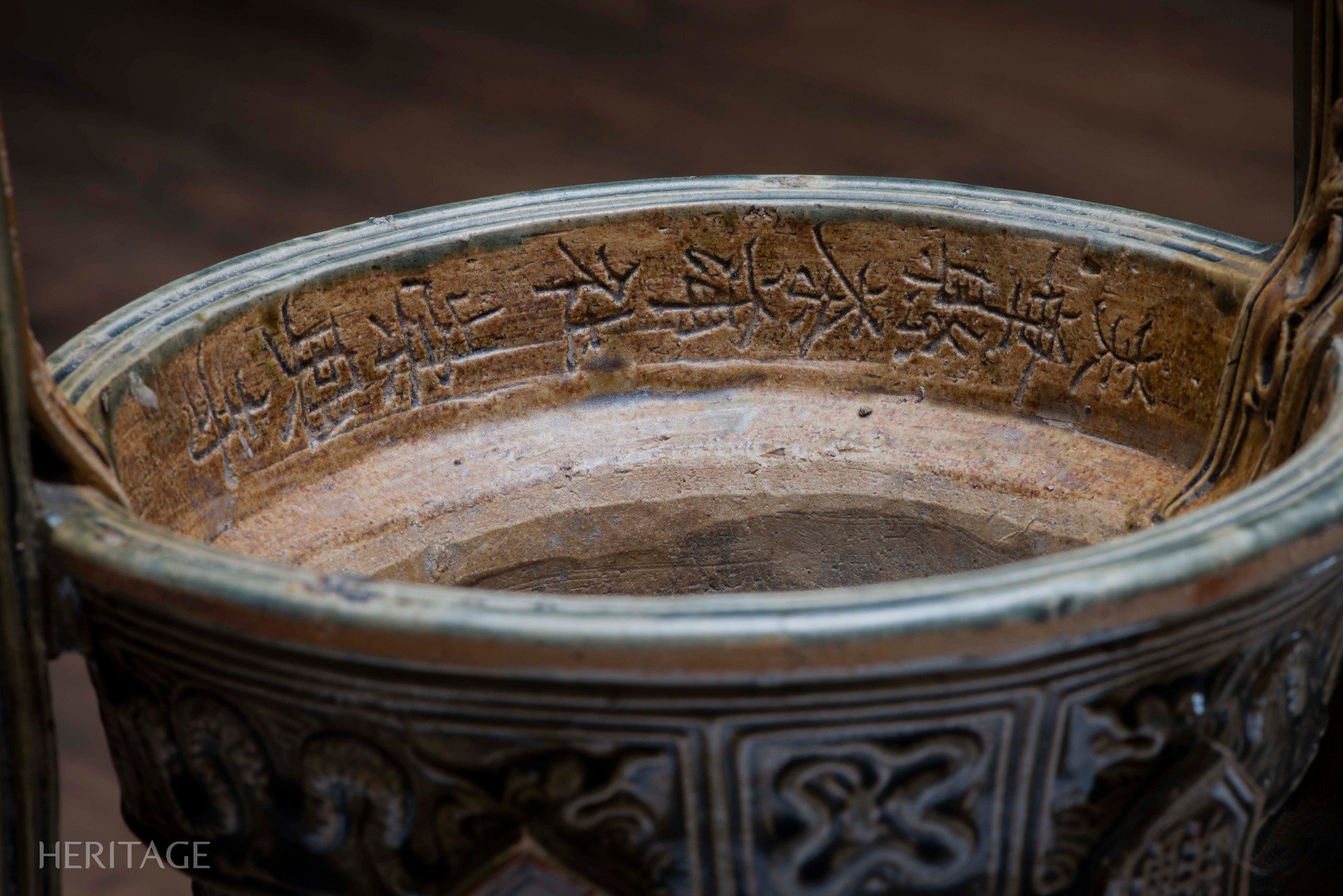
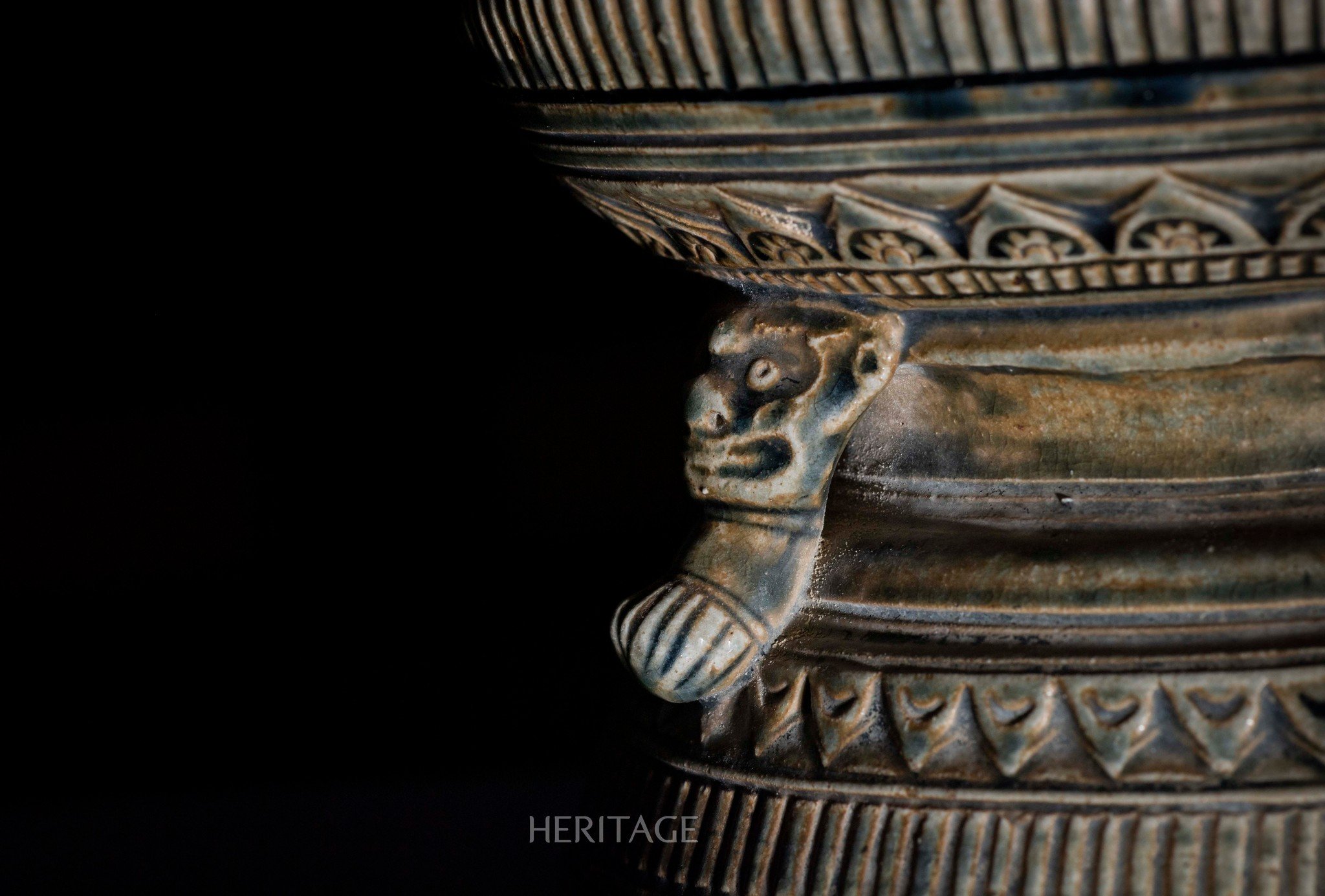
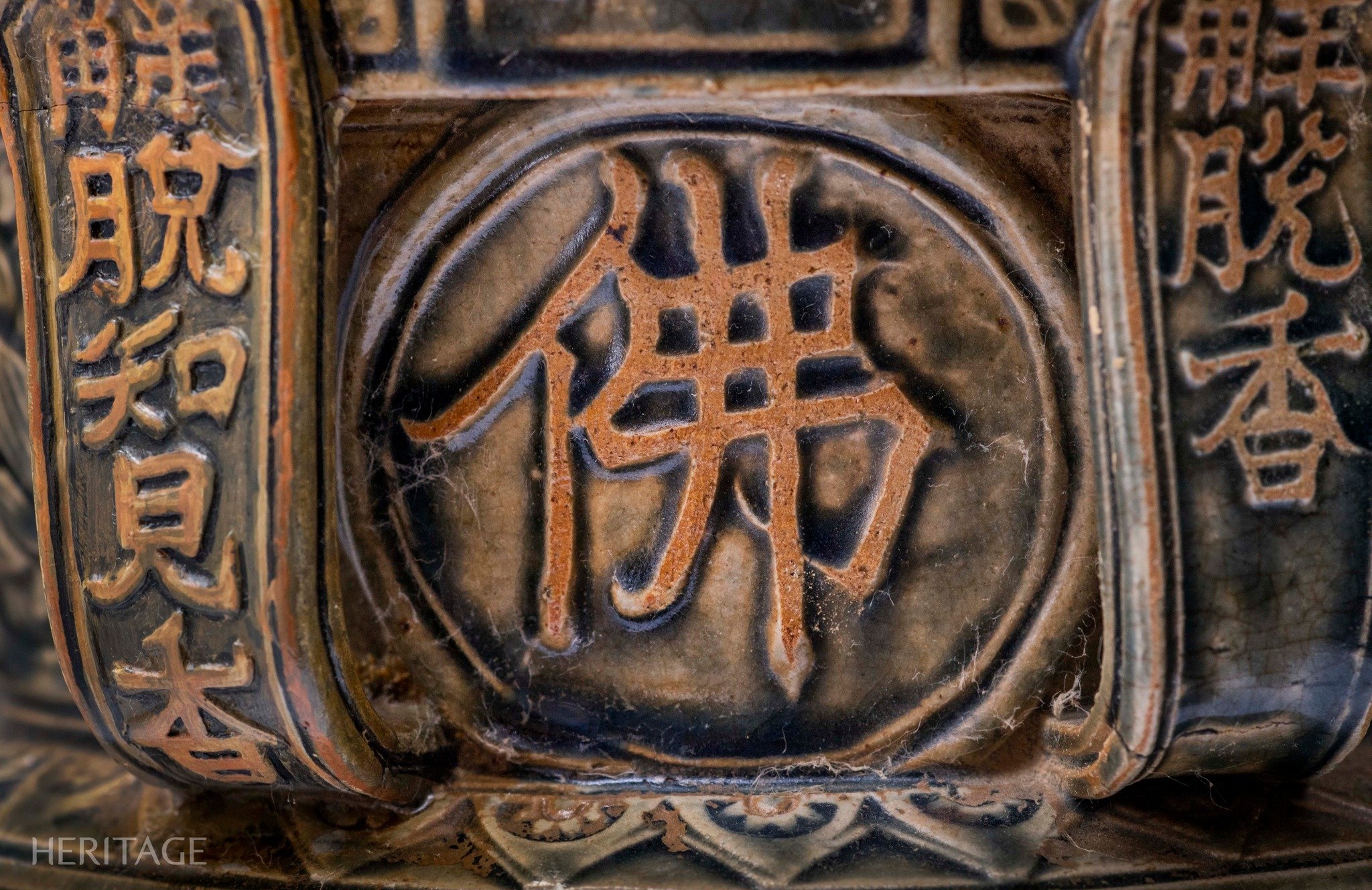
![[Photo] Bustling construction at key national traffic construction sites](https://vstatic.vietnam.vn/vietnam/resource/IMAGE/2025/5/2/a99d56a8d6774aeab19bfccd372dc3e9)



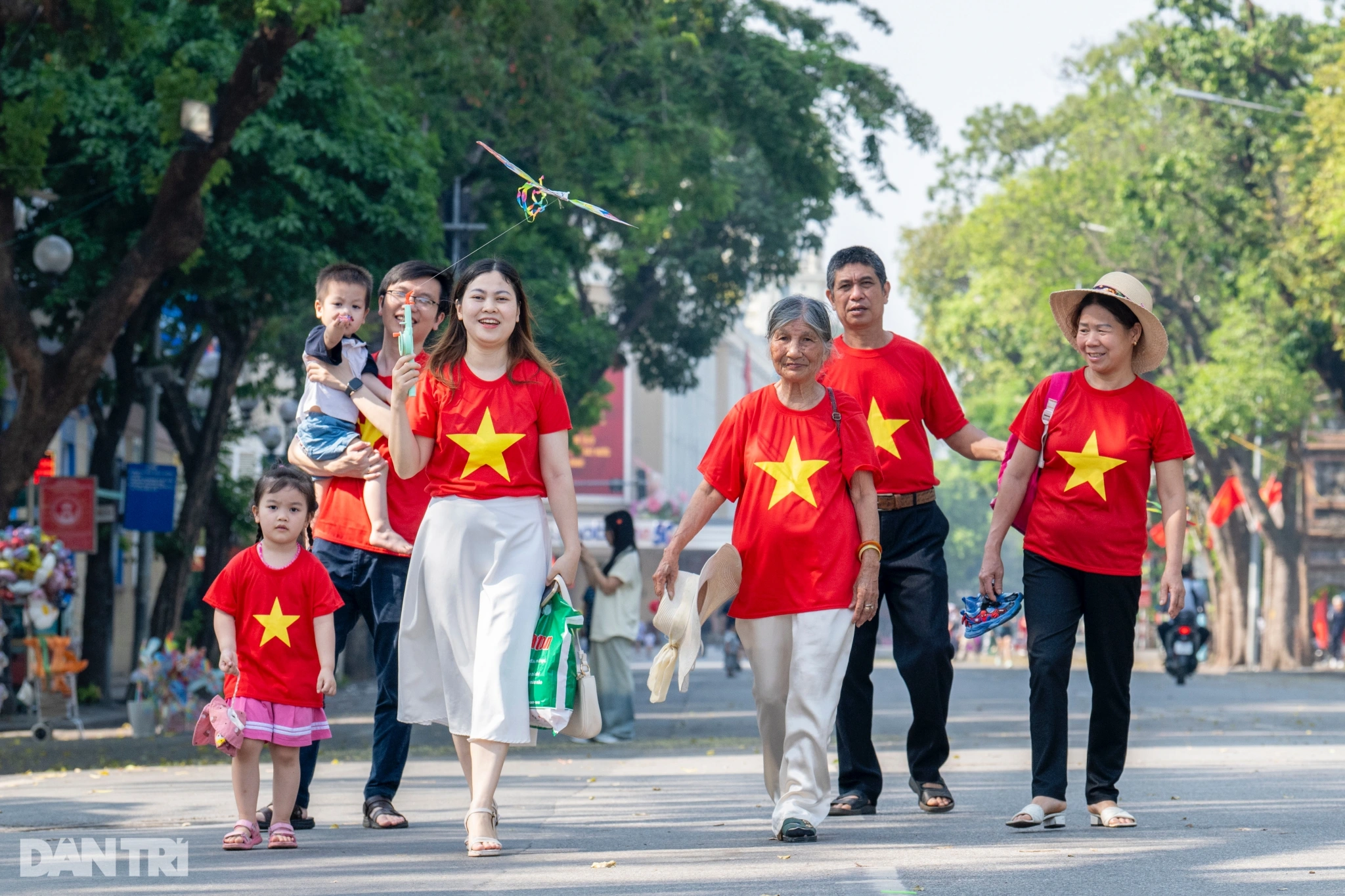
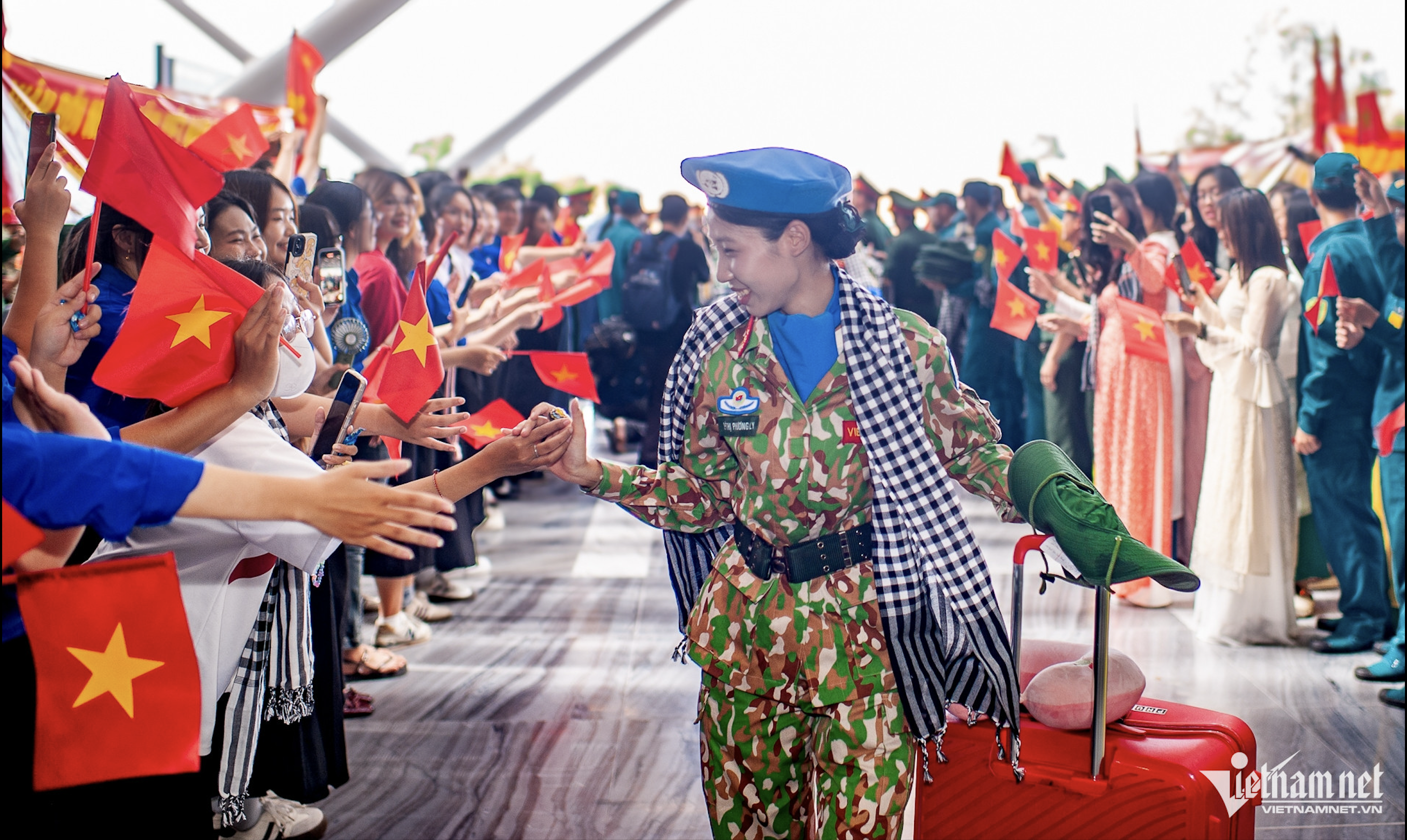


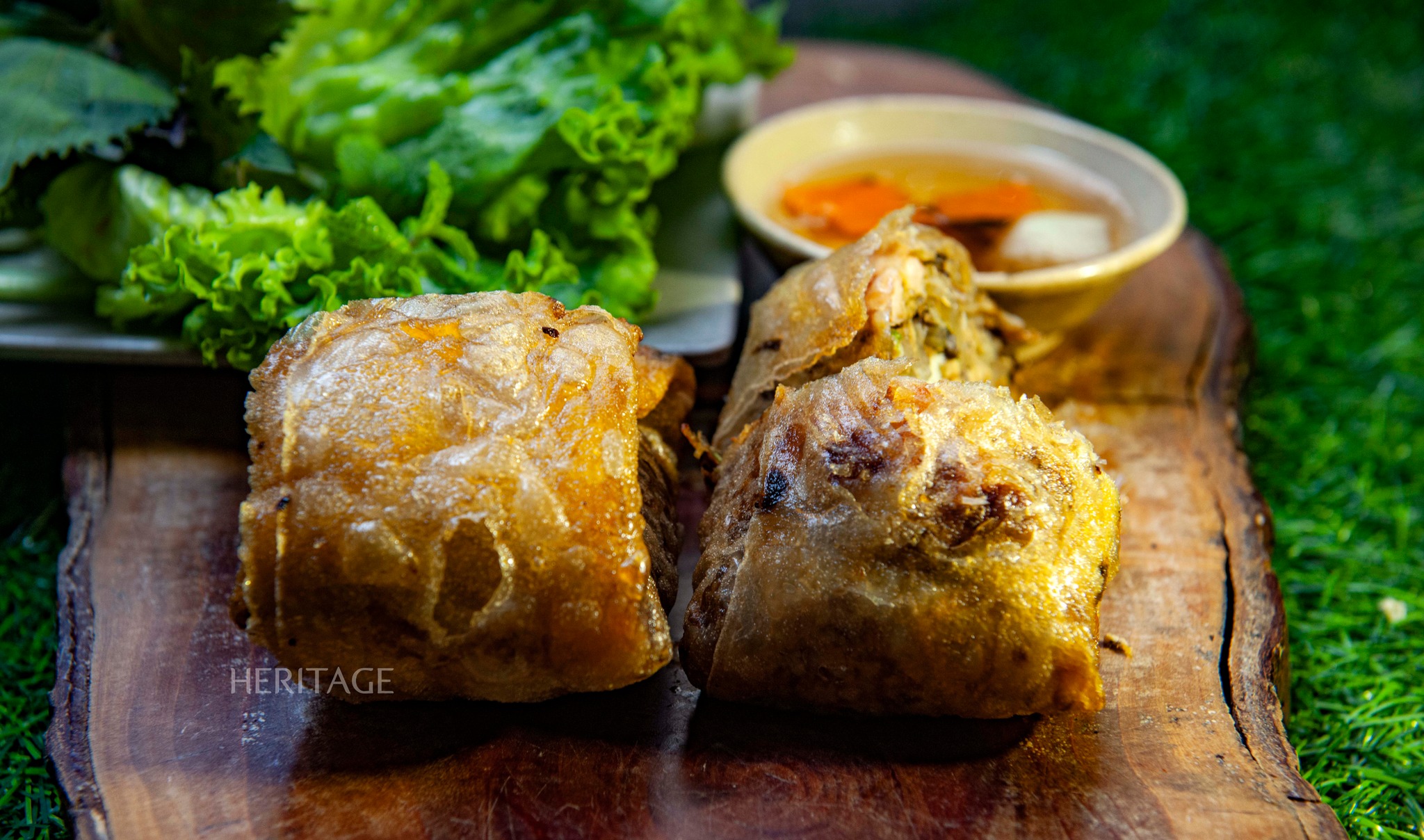





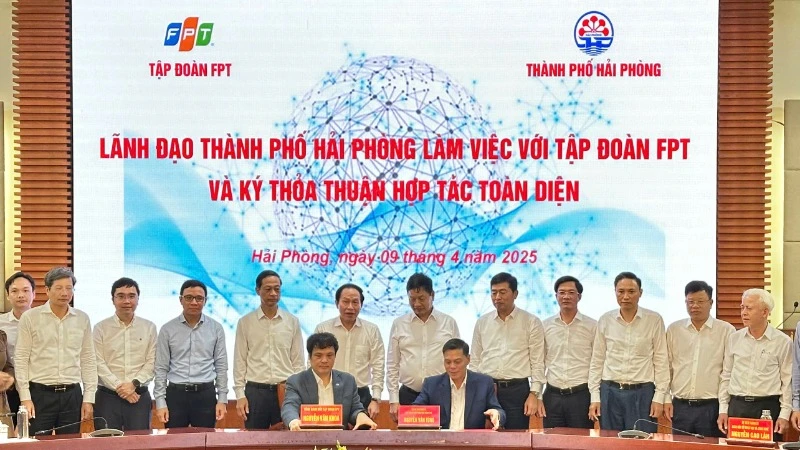

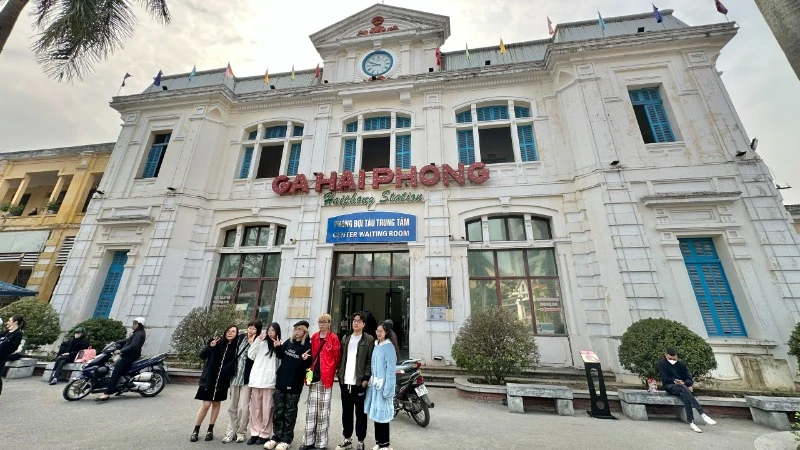

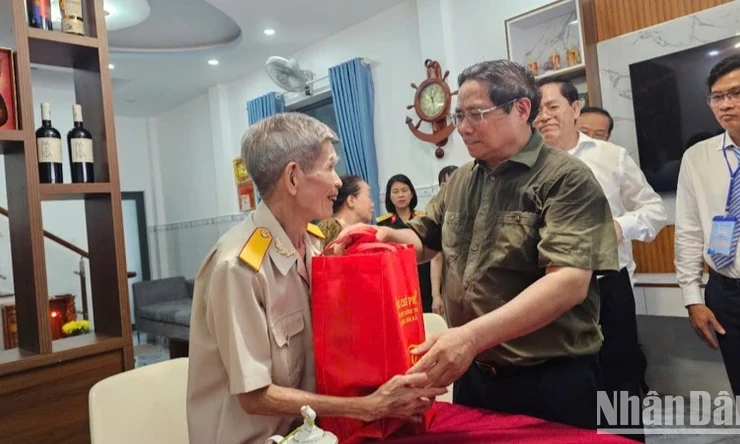
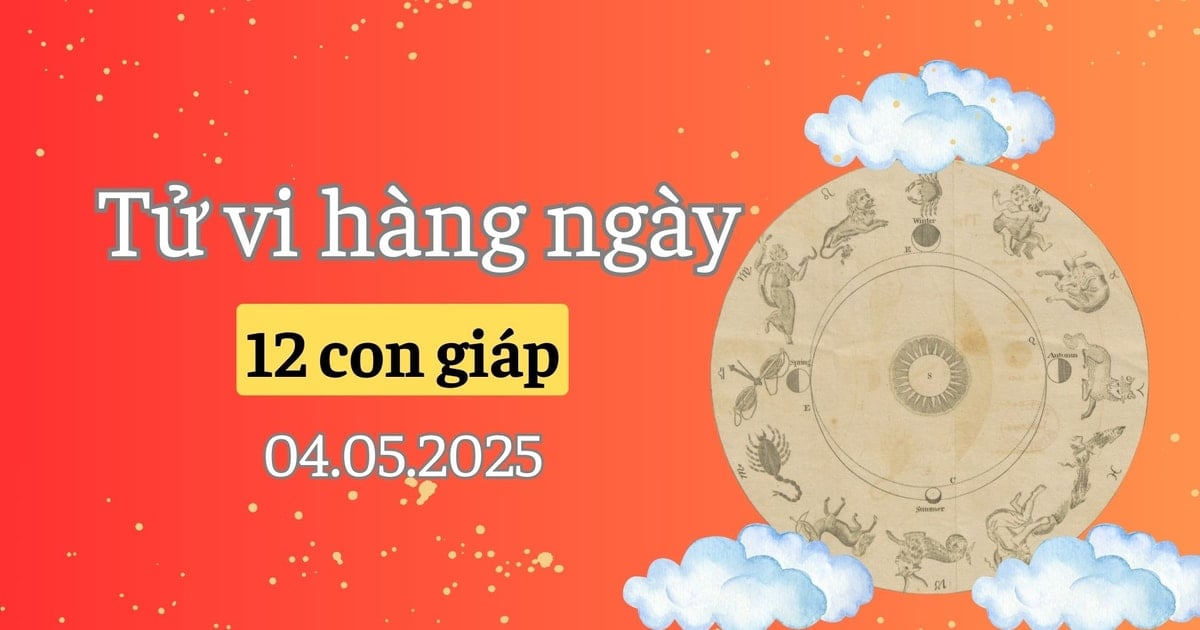

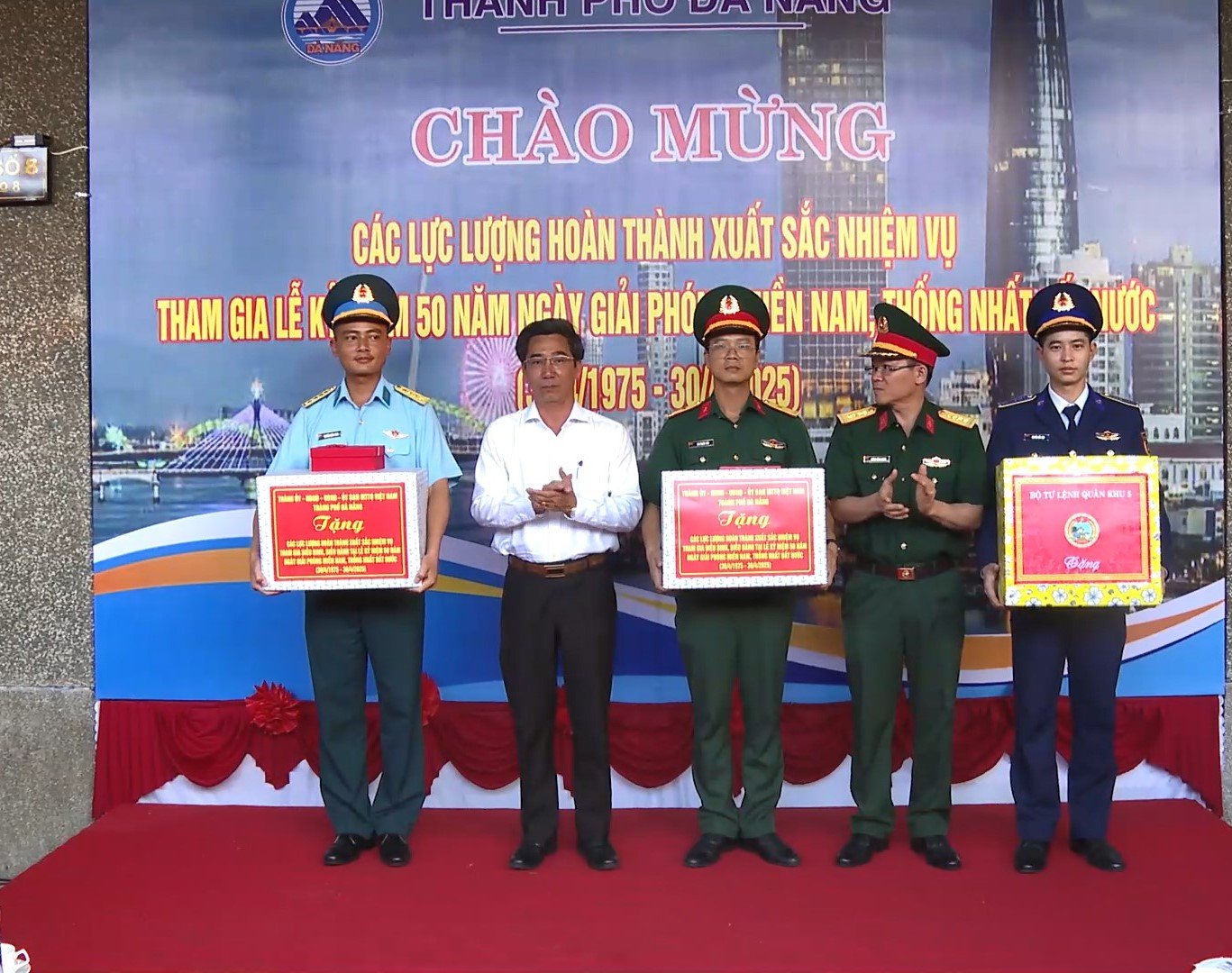



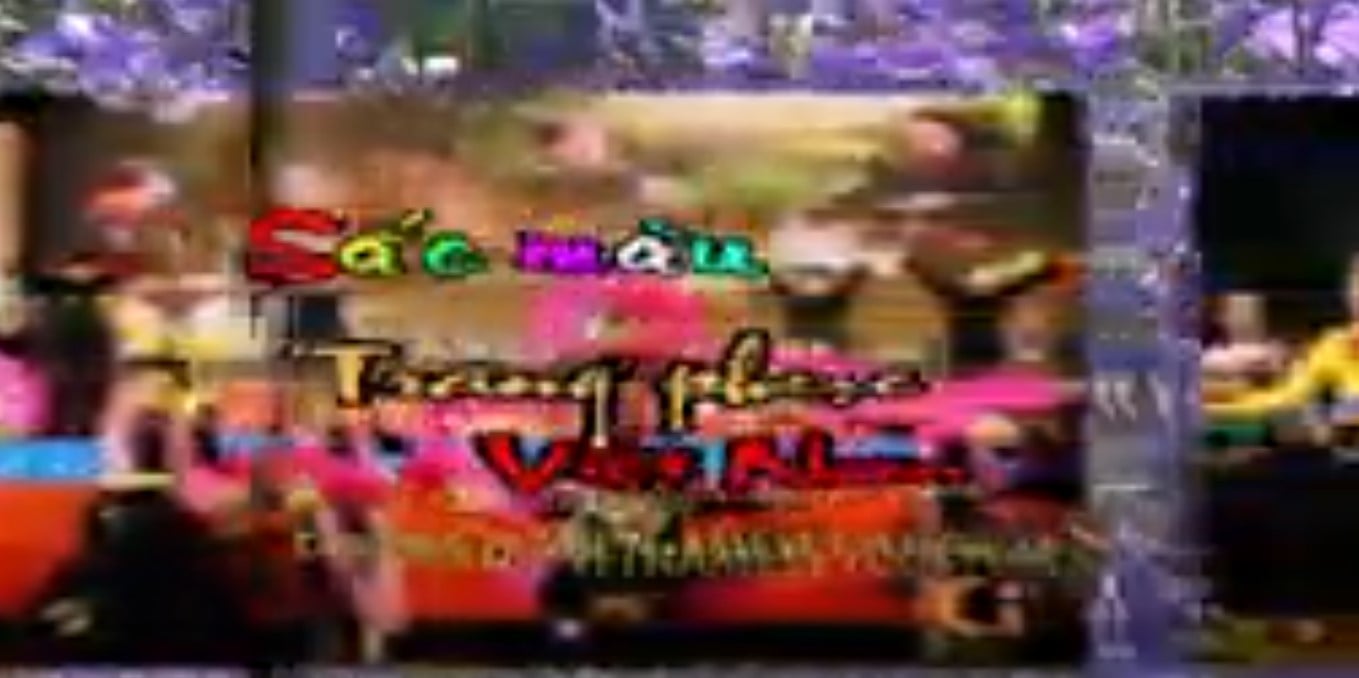
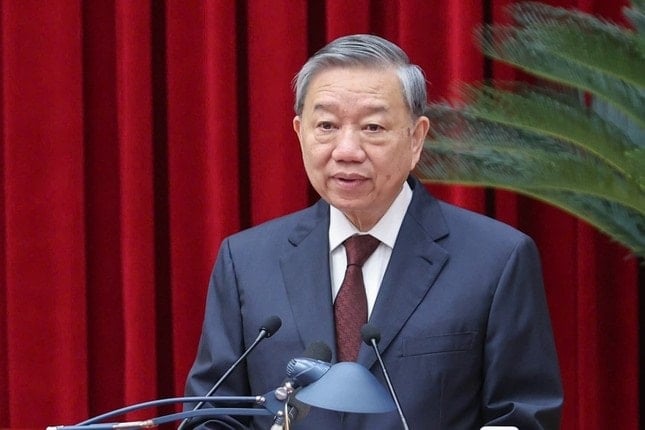

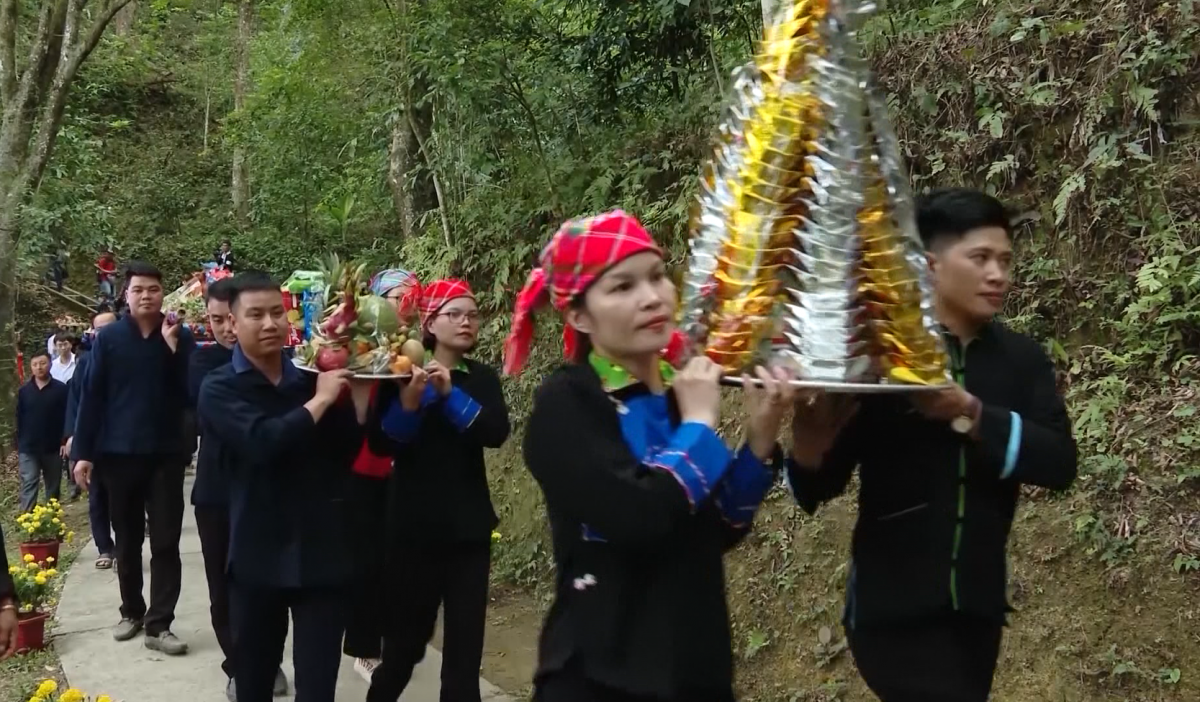

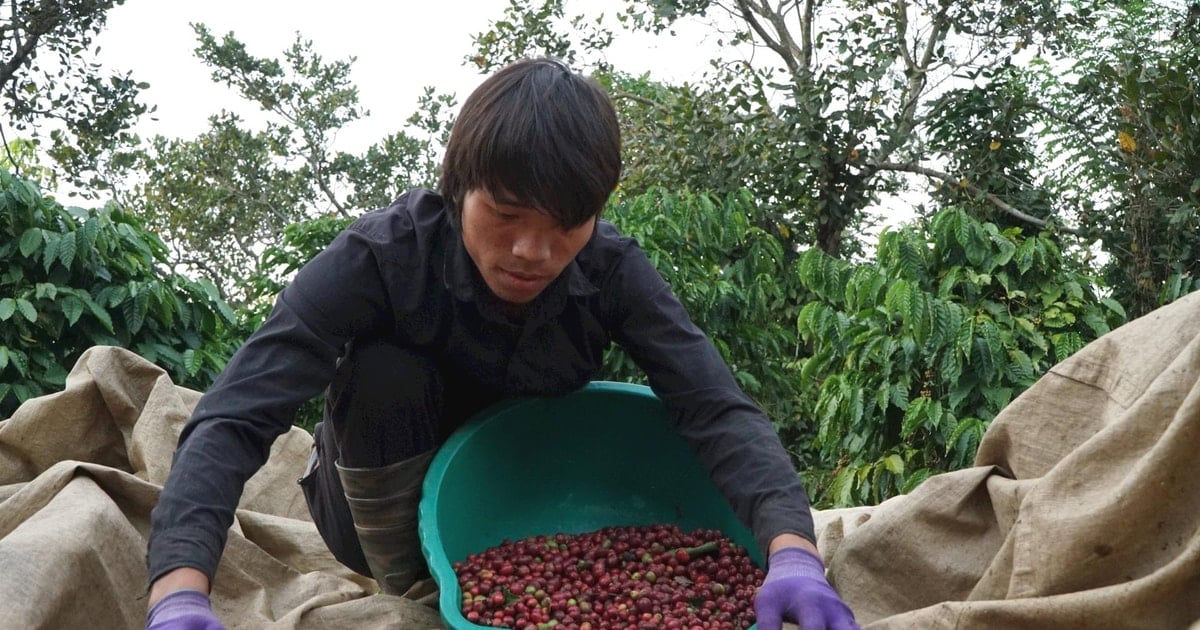
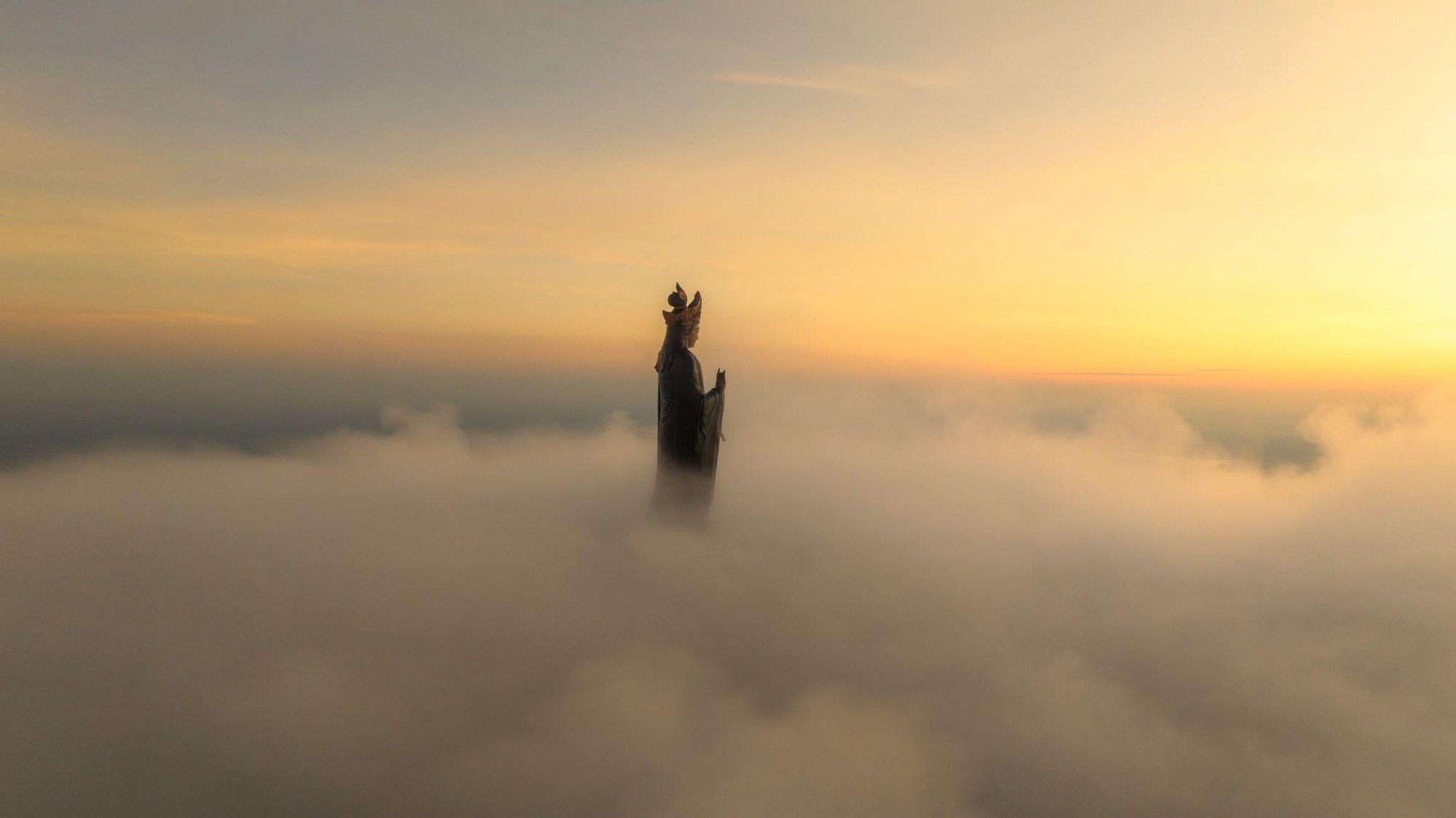
![[Photo] Binh Thuan organizes many special festivals on the occasion of April 30 and May 1](https://vstatic.vietnam.vn/vietnam/resource/IMAGE/2025/5/1/5180af1d979642468ef6a3a9755d8d51)
![[Photo] "Lovely" moments on the 30/4 holiday](https://vstatic.vietnam.vn/vietnam/resource/IMAGE/2025/5/1/26d5d698f36b498287397db9e2f9d16c)


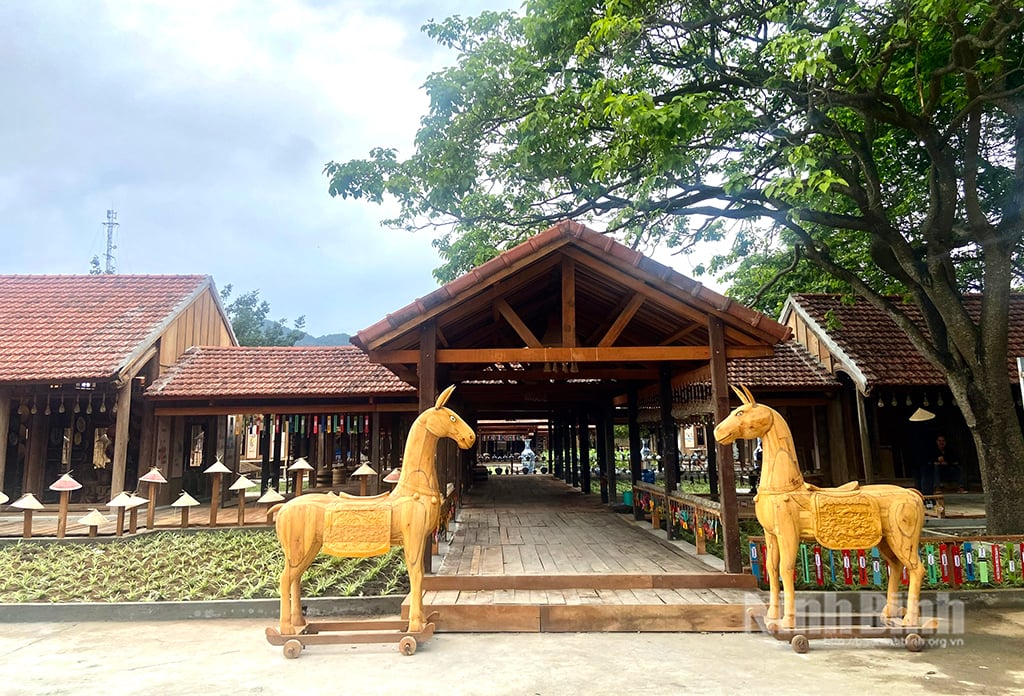
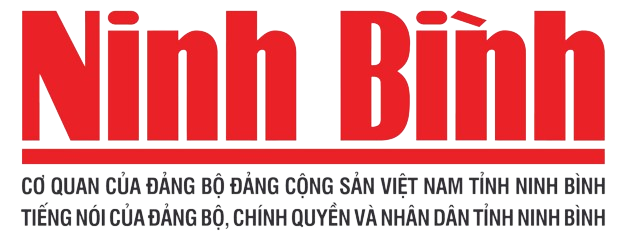

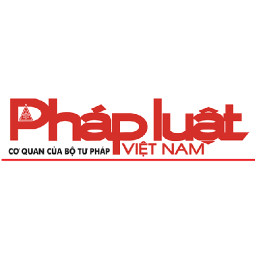
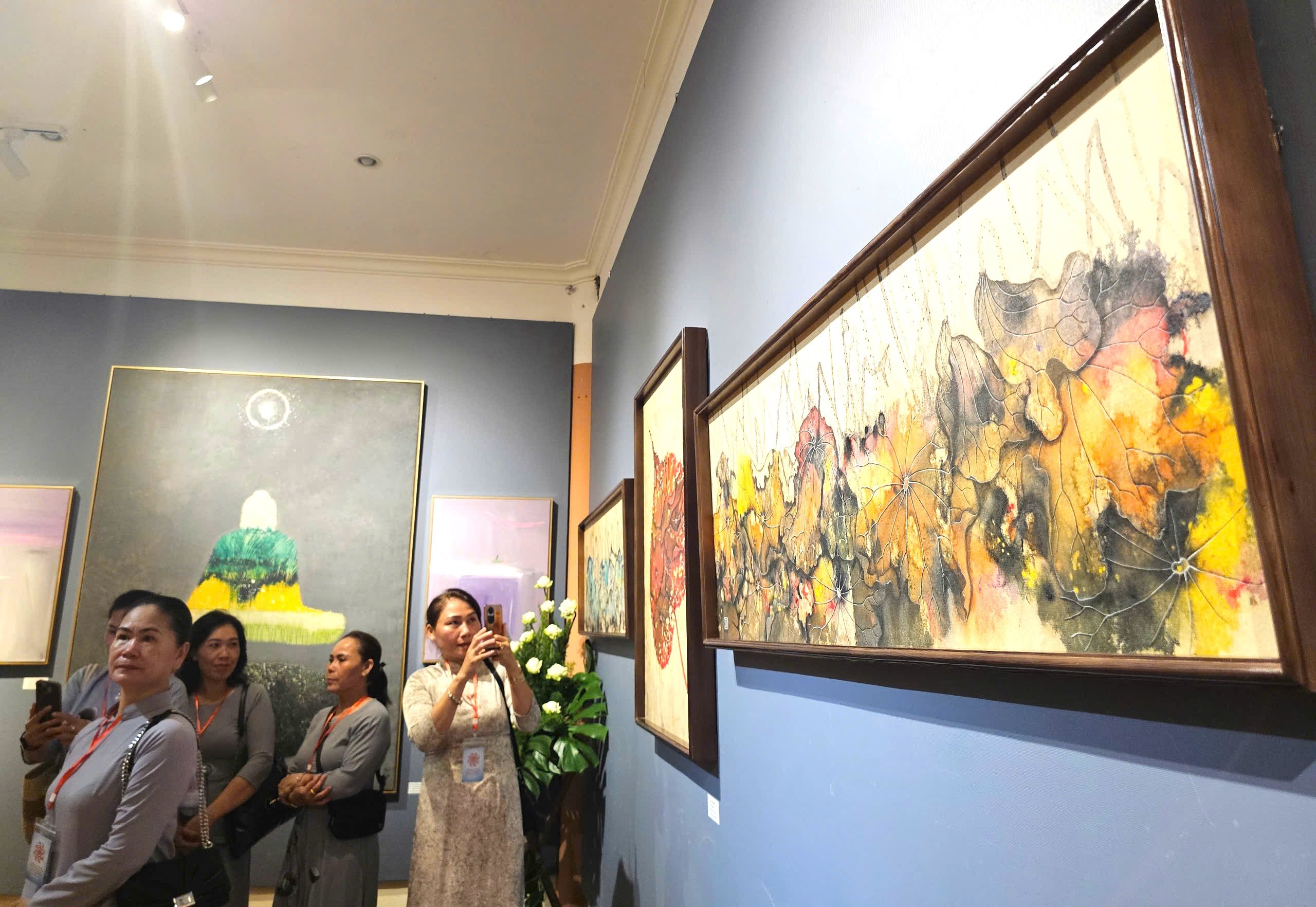

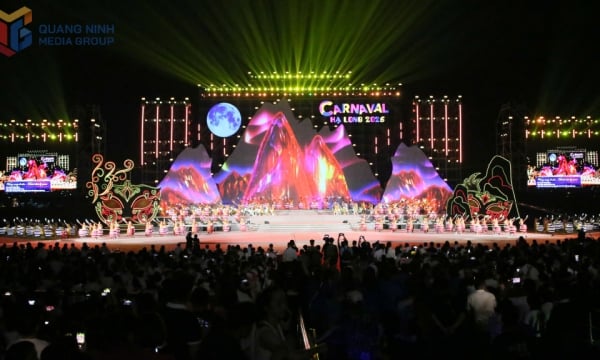

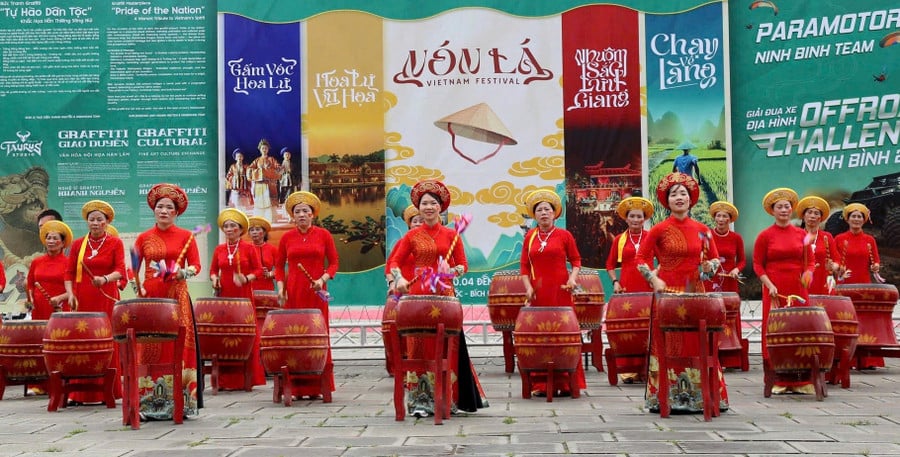



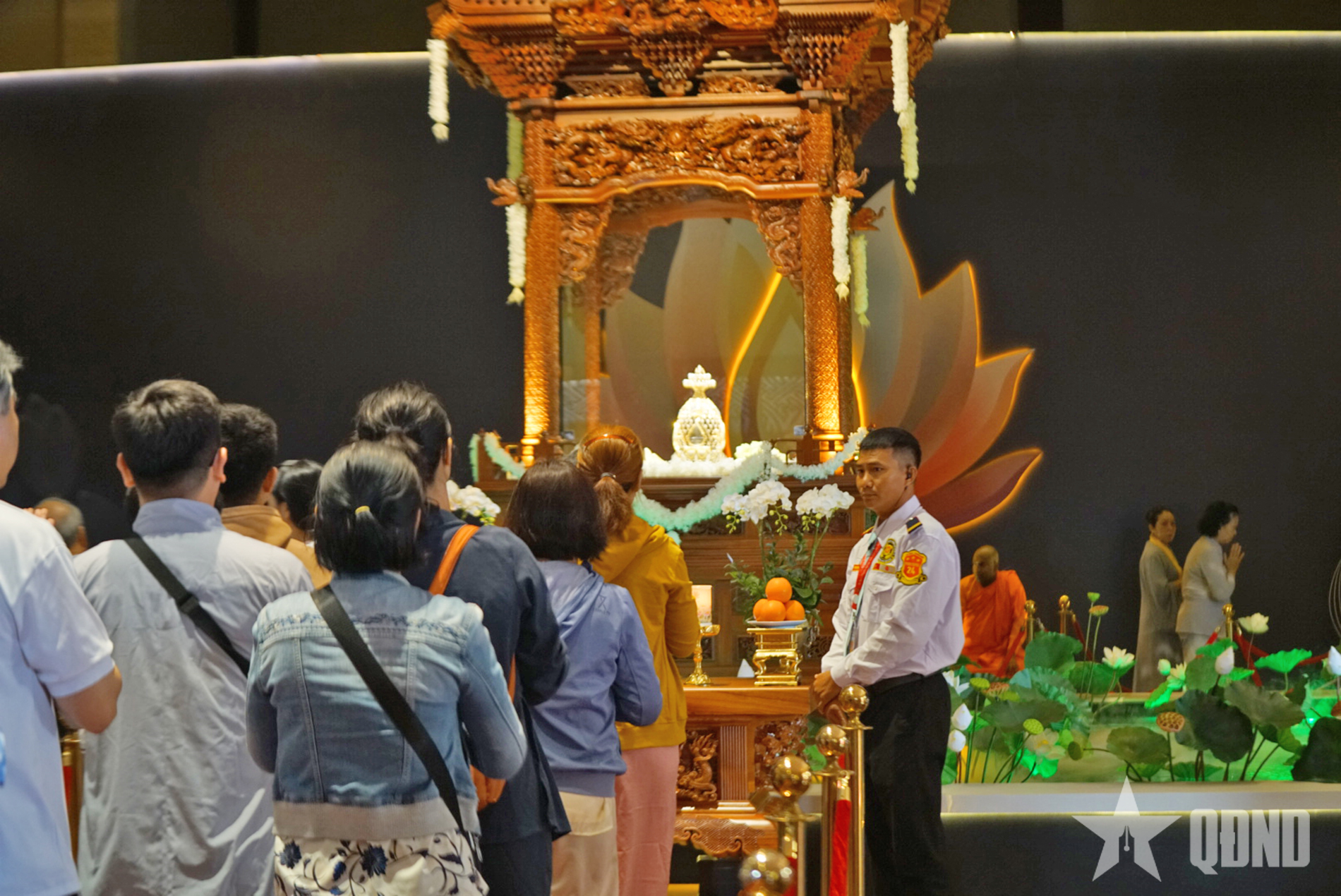

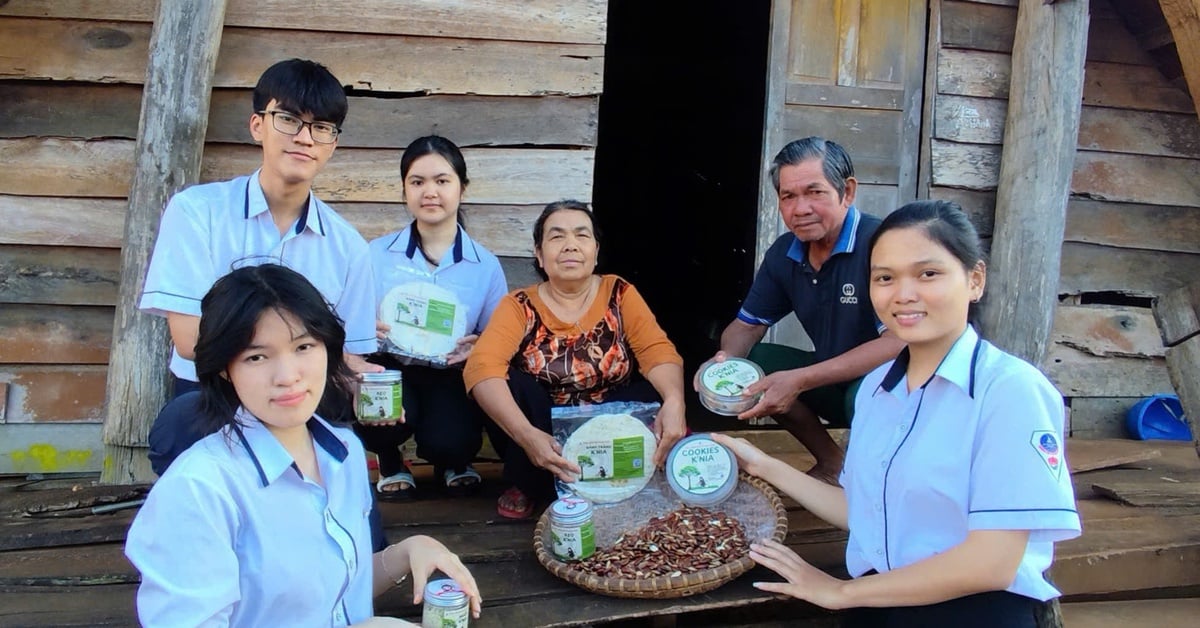
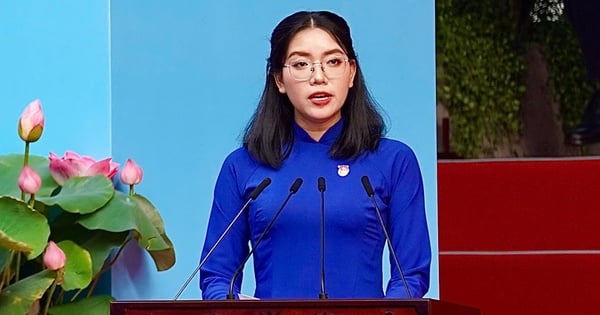

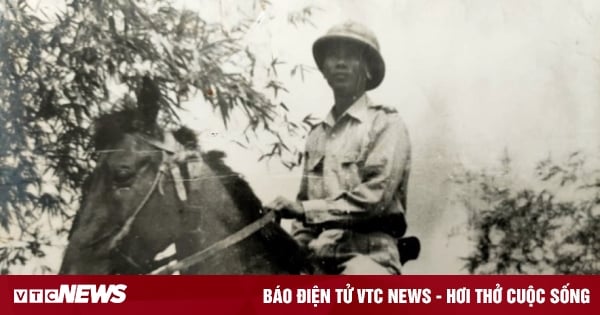

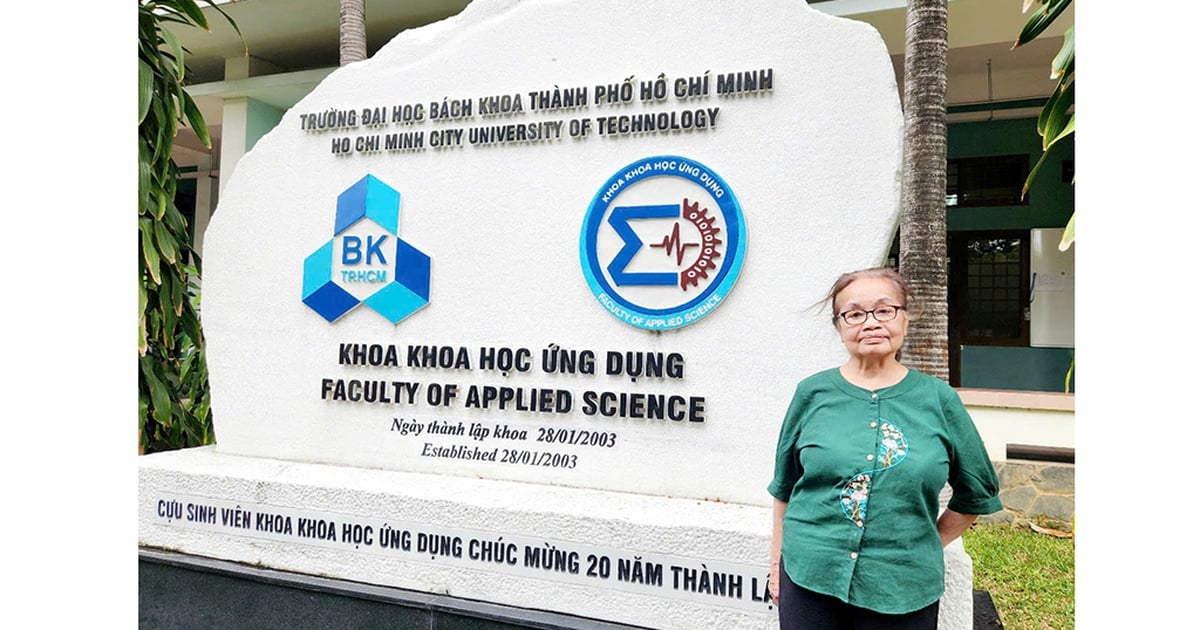








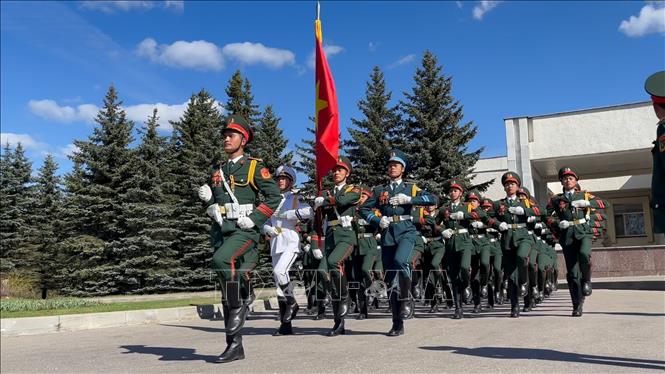

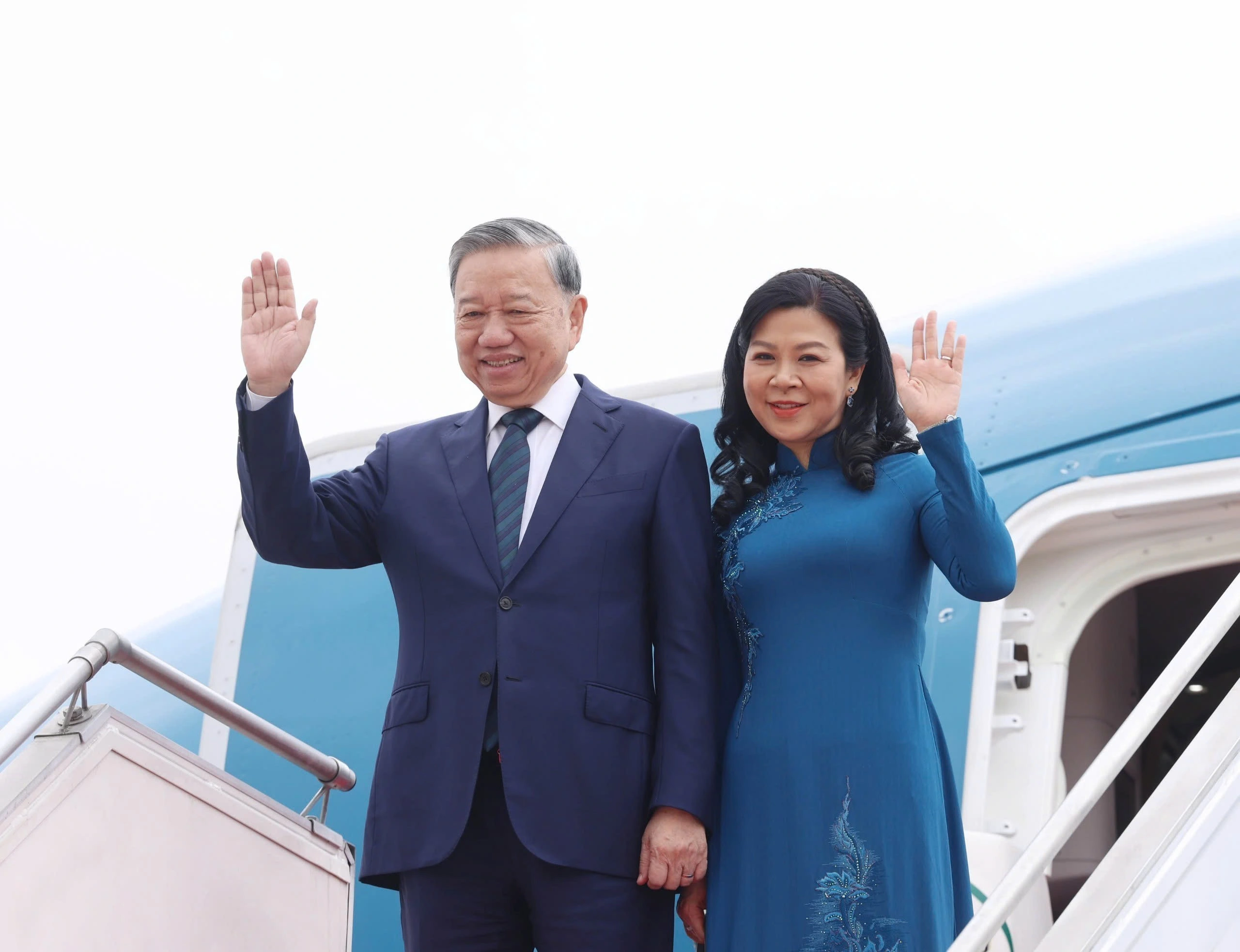

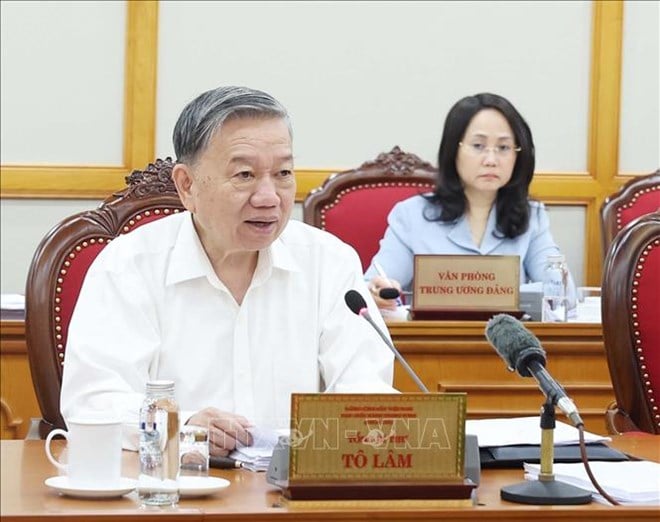




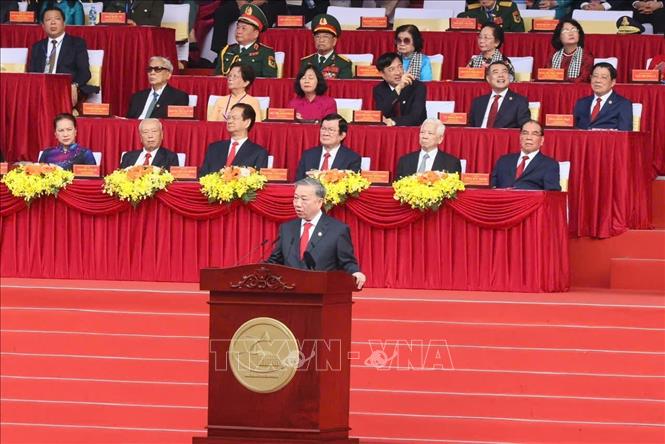







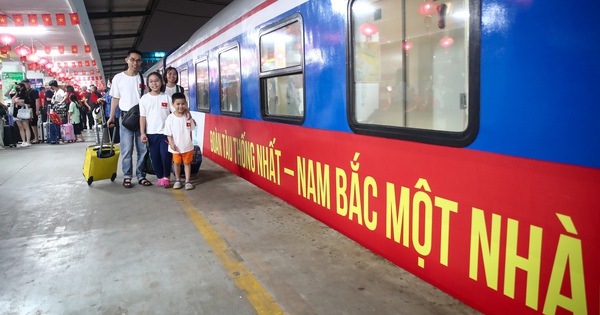
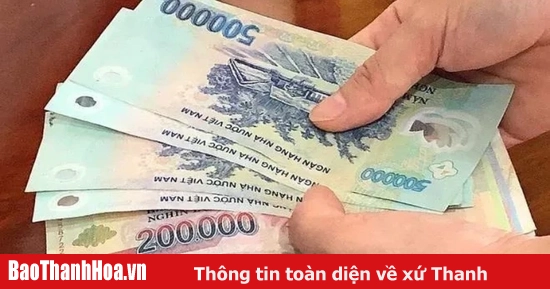

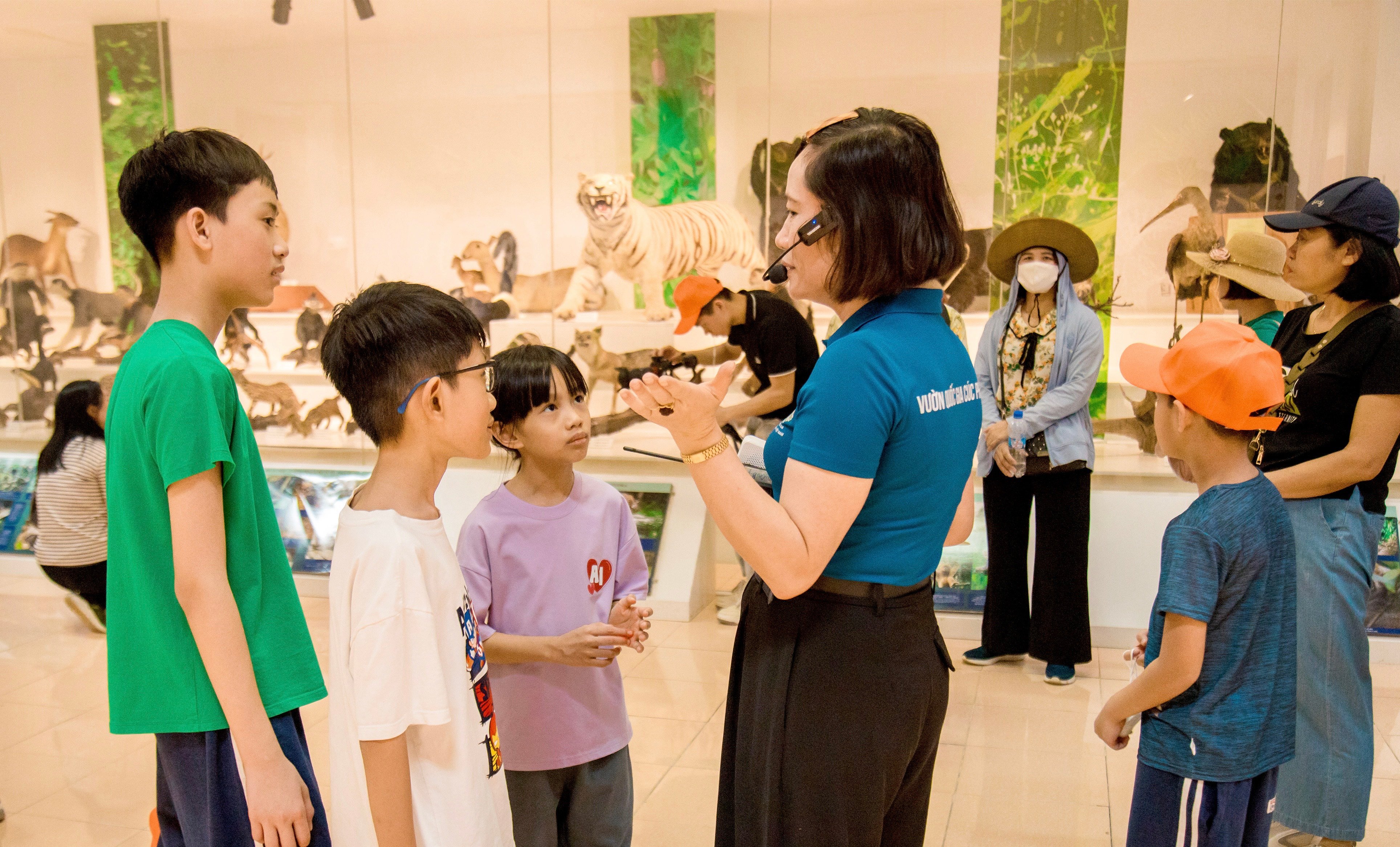
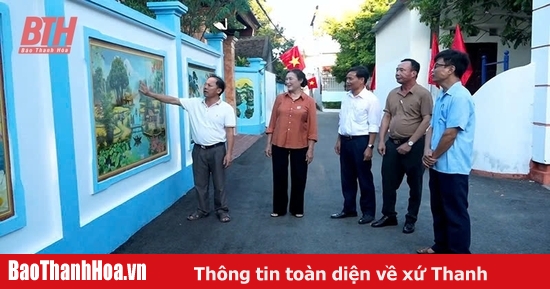
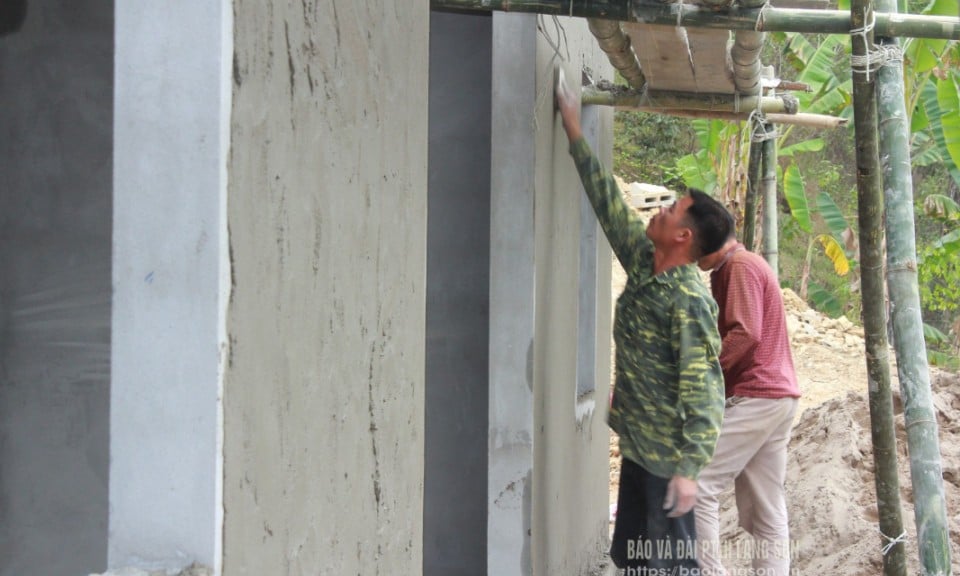

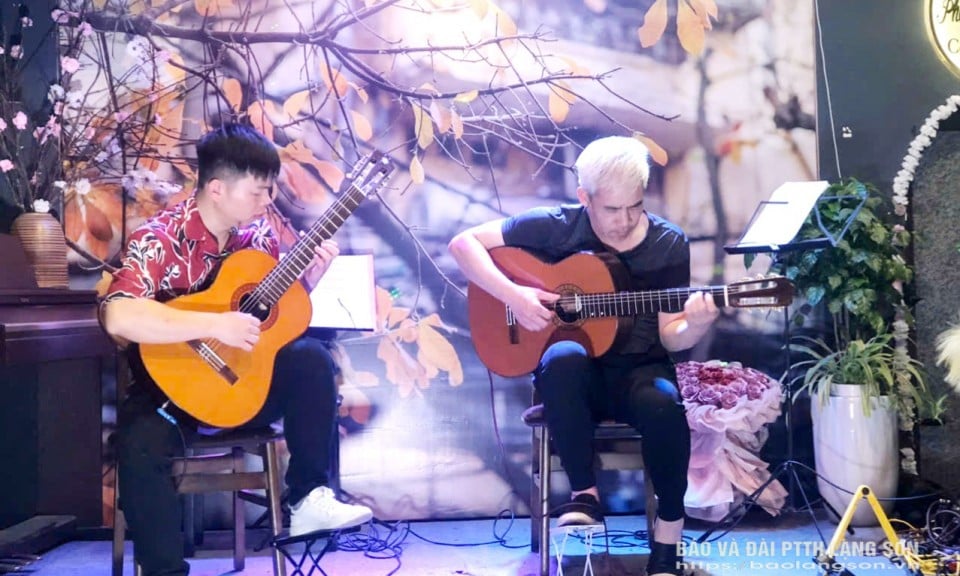


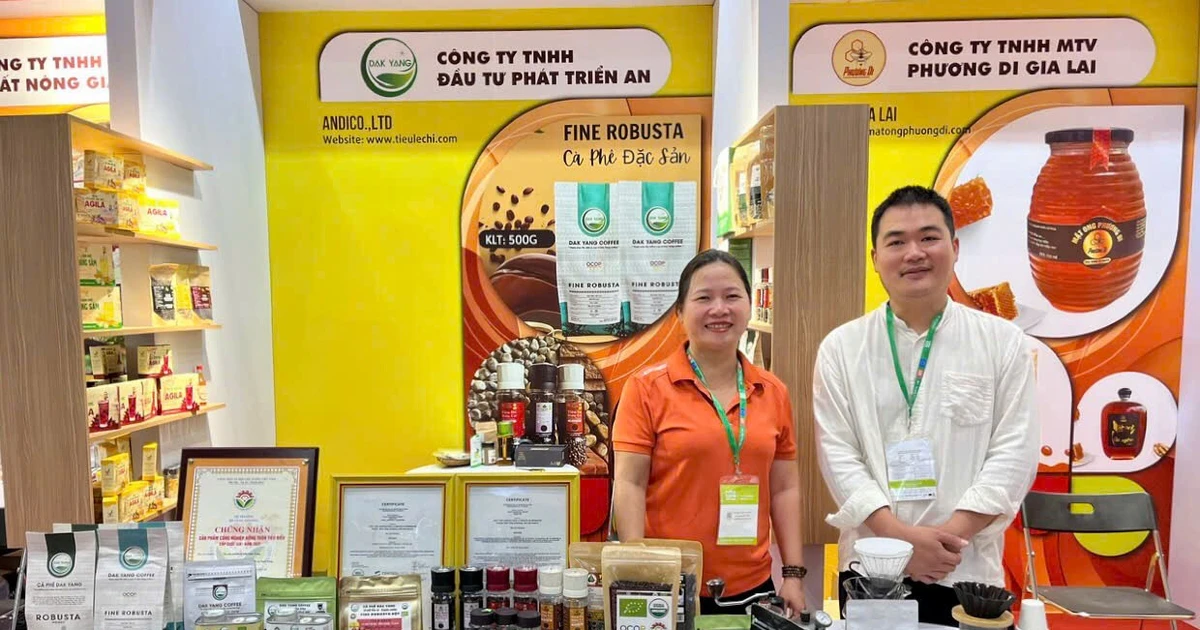

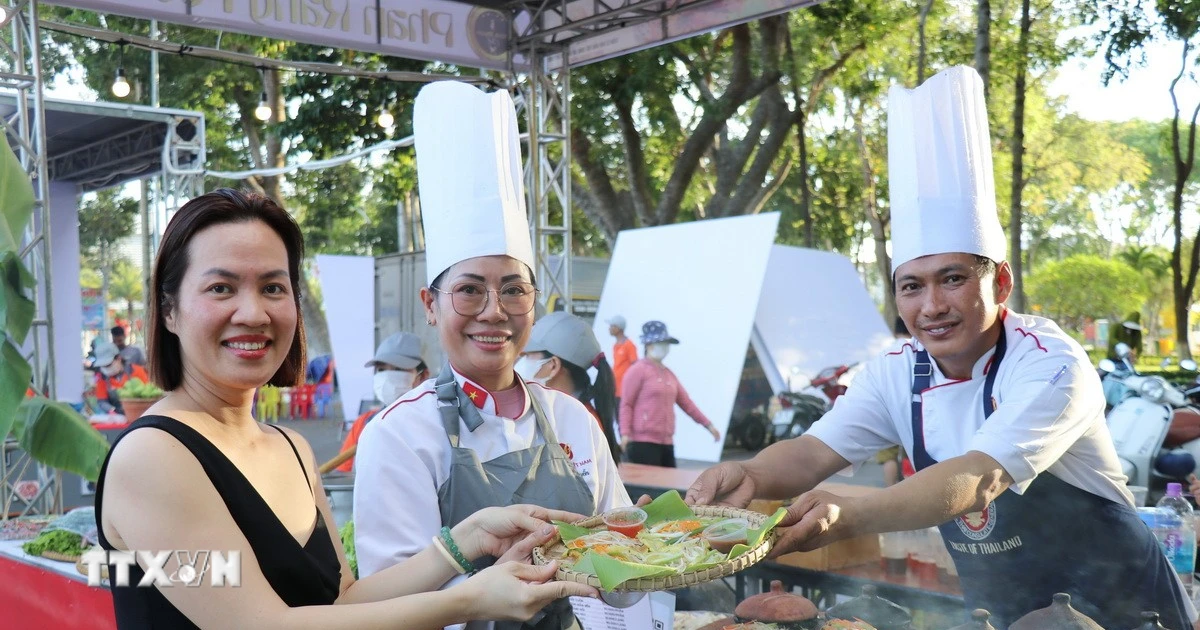




Comment (0)